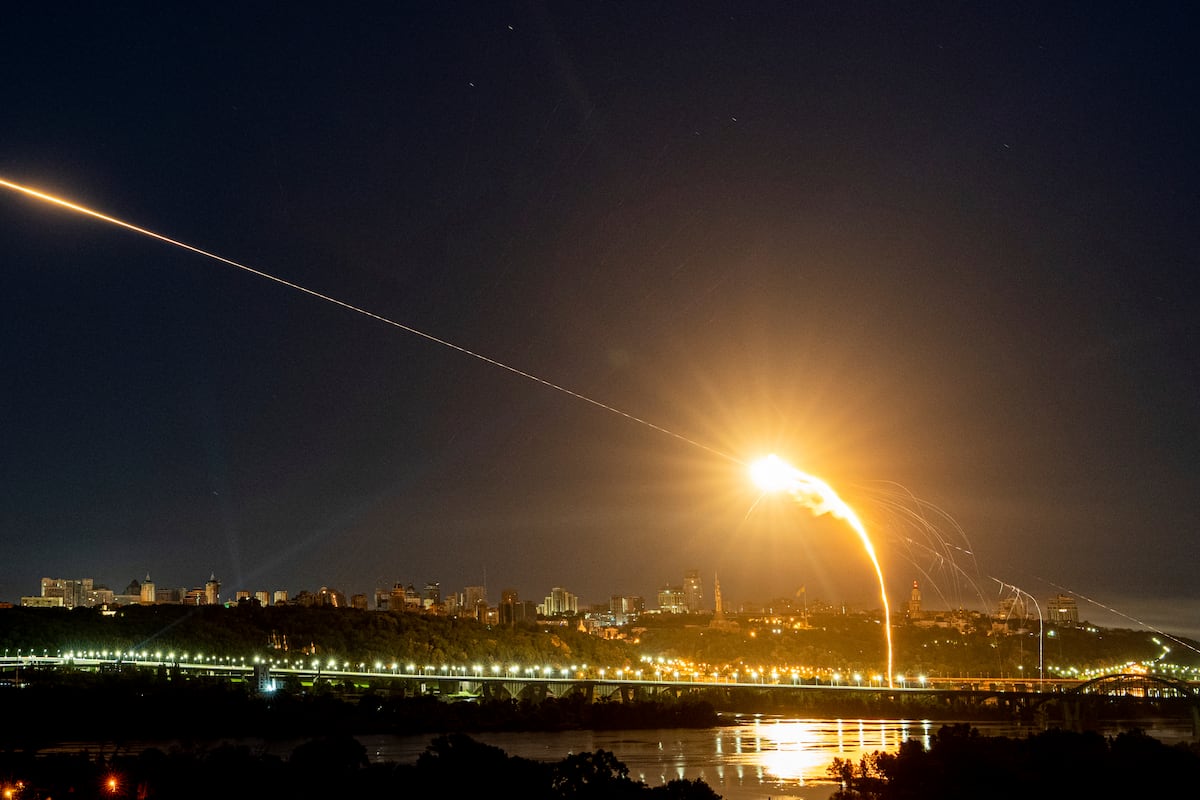



WIESBADEN, Germany — The U.S. Army and its NATO allies are embarking on the execution of a new “Eastern Flank Deterrence Line” plan that aims to enhance ground-based capabilities and drive military-industrial interoperability across the alliance, the U.S. Army Europe and Africa commander said Wednesday at the Association of the U.S. Army’s inaugural LandEuro conference in Wiesbaden, Germany.
As part of the plan to counter Russian threats and enable scalable, global deterrence, the Army and its NATO allies are urgently developing standardized, data-driven systems, common launchers and cloud-based coordination, according to Gen. Christopher Donahue.
Regional plans have been coming together for some time, but the Army, along with NATO, is first focusing on the Baltic states “to try to get to how do you actually make it so that industry and the nations know exactly what the requirements are — ultimately that is now known as the Eastern Flank Deterrence Line,” Donahue said.
“We know what we have to develop and the use case that we’re using is you have to [deter] from the ground,” he said. “The land domain is not becoming less important, it’s becoming more important. You can now take down [anti-access, aerial-denial] A2AD bubbles from the ground. You can now take over sea from the ground. All of those things we are watching happen in Ukraine.”
For example, Donahue noted, Kaliningrad, Russia, is roughly 47 miles wide and surrounded by NATO on all sides and the Army and its allies now have the capability to “take that down from the ground in a timeframe that is unheard of and faster than we’ve ever been able to do.”
“We’ve already planned that and we’ve already developed it. The mass and momentum problem that Russia poses to us … we’ve developed the capability to make sure that we can stop that mass and momentum problem," Donahue said.
The plan includes a system to share data. NATO has already procured that system, Donahue said, referencing its choice of Palantir’s Maven Smart System, an artificial intelligence platform from Palantir that takes a vast amount of data and rapidly analyzes information to help military commanders make decisions.
“We already know exactly what we have to do with cloud and we know exactly the type of actual unmanned systems, brigades, everything else that we need for that,” Donahue said.
Specifically, the Army wants these capabilities to be interoperable with NATO partners.
The Army also wants a common launcher that serves in both an offensive and defensive capacity, along with a fire control system that any nation can use.
And, Donahue said, “We want everything to be optionally manned,” whether that is an air defense or a long-range fires system.
“We want it to be one system, optionally manned, where we’ll be able to take munitions from any country and shoot through them,” he said.
And the Army wants to lower the cost of systems.
“As a general rule, whatever you’re shooting at, whatever your weapon system or munition you shoot at, another adversary’s capability, it should be cheaper than what you’re shooting,” Donahue stressed.
Donahue acknowledged the obvious existence of bureaucracy but said that on the U.S. side, reform in things like foreign military sales is coming and the Army will be able to move at a much faster rate.
Directly addressing industry, Donahue said, “We have sent a clear demand signal to you of exactly what we need. … If you sell us something, it has to be interoperable. You have to share the [Application Programming Interface]. The cost has to go down.”
Jen Judson is an award-winning journalist covering land warfare for Defense News. She has also worked for Politico and Inside Defense. She holds a Master of Science degree in journalism from Boston University and a Bachelor of Arts degree from Kenyon College.
